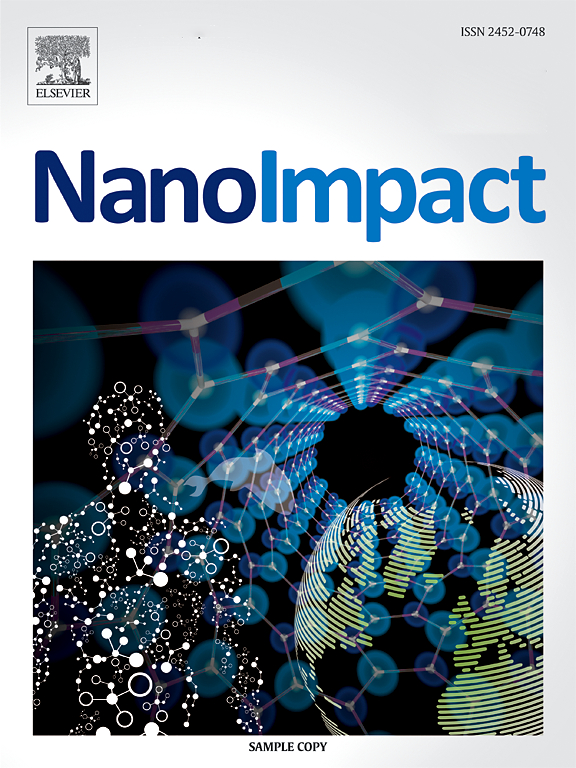Microplastic-induced hypertension in rats: A two-hit model exploring oxidative stress and gut microbiota
IF 5.5
3区 环境科学与生态学
Q2 ENVIRONMENTAL SCIENCES
引用次数: 0
Abstract
Microplastic particulates (MPs) accumulate widely in ecosystems and pose health risks to both pregnant women and their offspring. Studies have detected MPs in the kidneys and fetal tissues, but it remains unclear whether maternal MP exposure worsens postnatal MP-induced hypertension and kidney disease. This study examined male rat offspring (n = 8/group) divided into four exposure groups: control, indirect (maternal exposure to 1 mg/L MPs during gestation and lactation), direct (offspring exposure to 1 mg/L MPs from 3 to 16 weeks), and combined exposure. By 16 weeks, both maternal and postnatal MP exposure elevated blood pressure (BP), with a synergistic effect observed in the combined exposure group. Maternal MP exposure also increased plasma creatinine levels, indicating kidney dysfunction. Oxidative kidney damage was associated with both direct and indirect MP exposure. Additionally, combined exposure disrupted gut microbiota, reducing species richness and evenness, and downregulated renal angiotensin II type 2 receptor expression, a key regulator of BP. These findings underscore the long-term health risks of MPs, emphasizing their role in the developmental origins of hypertension and kidney disease.

微塑性诱导的大鼠高血压:一个探索氧化应激和肠道微生物群的双击模型。
微塑料微粒在生态系统中广泛积累,对孕妇及其后代构成健康风险。研究已在肾脏和胎儿组织中检测到多磺酸盐,但尚不清楚母体暴露于多磺酸盐是否会加重产后多磺酸盐引起的高血压和肾脏疾病。本研究将雄性大鼠后代(n = 8只/组)分为四个暴露组:对照组、间接暴露组(母体在妊娠和哺乳期暴露于1 mg/L MPs)、直接暴露组(后代在3至16 周暴露于1 mg/L MPs)和联合暴露组。到16 周时,母体和产后MP暴露均升高血压(BP),在联合暴露组中观察到协同效应。母体MP暴露也会增加血浆肌酐水平,提示肾功能不全。氧化性肾损伤与直接和间接MP暴露有关。此外,联合暴露破坏了肠道微生物群,降低了物种的丰富度和均匀性,并下调了肾血管紧张素II型2受体的表达,而肾血管紧张素II型2受体是血压的关键调节因子。这些发现强调了MPs的长期健康风险,强调了它们在高血压和肾脏疾病的发育起源中的作用。
本文章由计算机程序翻译,如有差异,请以英文原文为准。
求助全文
约1分钟内获得全文
求助全文
来源期刊

NanoImpact
Social Sciences-Safety Research
CiteScore
11.00
自引率
6.10%
发文量
69
审稿时长
23 days
期刊介绍:
NanoImpact is a multidisciplinary journal that focuses on nanosafety research and areas related to the impacts of manufactured nanomaterials on human and environmental systems and the behavior of nanomaterials in these systems.
 求助内容:
求助内容: 应助结果提醒方式:
应助结果提醒方式:


